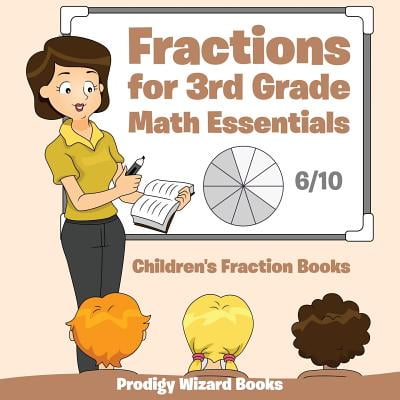

All you need to do is follow three simple steps: 3 Easy steps for adding fractions It may seem scary at first, but adding fractions can be easy. Now that you’re familiar with each type of fraction, you can get adding! Teach your students the three-step formula below to confidently tackle fraction addition equations. In addition to these, fraction equations will be split into two distinct categories: those with like fractions and those with unlike fractions.Ī base knowledge of these types will help students understand what to do when faced with a question about adding fractions. The numerator is greater than the denominatorĪ whole number and a proper fraction combined The numerator is less than the denominator There are three general categories of fractions: Proper, improper and mixed.

In the illustration above, our circle is divided into four parts. The denominator (the bottom number) shows the total number of parts the whole is divided into. The numerator (the top number) illustrates the number of parts you have. First, let’s start with the basic components of a fraction. Types of fractions Students must first understand the difference between each type of fraction to successfully add them. This is a big adjustment for students who are already comfortable with whole number arithmetic.
#FRACTION STRIPS ON PRODIGY APP HOW TO#
Learning how to multiply and divide fractions can add even more confusion, as students must remember the differences between these operations. Fractions are harder to represent with visuals or manipulatives, and the rules for adding them are more difficult to understand. Many students and teachers have a limited understanding of how or why these methods are used. Rules become much more unpredictable and confusing. Different operations for whole numbers and fractions The methods you use to add, subtract, multiply and divide whole numbers are different than doing the same operations for fractions. As a student, this is hard to wrap your head around. For instance, there’s only one way to represent the number three, but ²⁄₄ represents the same amount as ½, 0.5 and 50%. Whole numbers are only expressed one way, while fractions can be expressed in many ways and still represent the same amount. The meaning behind fractions is confusing when you compare them to whole numbers. Fractions introduce students to rational numbers, which come with a whole new set of rules and patterns. Understanding what the numbers mean Before fractions, students are used to working with whole numbers: basic numbers that represent whole amounts. Research has found the biggest issues are: 1. Fractions are a struggle for a few reasons. Trouble with fractions can reduce confidence in math and lead to math anxiety, if students don’t receive enough support in the subject. Why do students struggle with fractions? Fractions - especially fraction operations - are a tricky subject for most students. We’ve put together a guide to help you successfully teach your students how to add fractions, covering: Adding fractions may seem daunting, but it doesn’t need to be. Your students might know their way around a numerator and denominator, but are they ready for what’s next? Suddenly, it’s time to learn how to add fractions - and your class is confused.


 0 kommentar(er)
0 kommentar(er)
